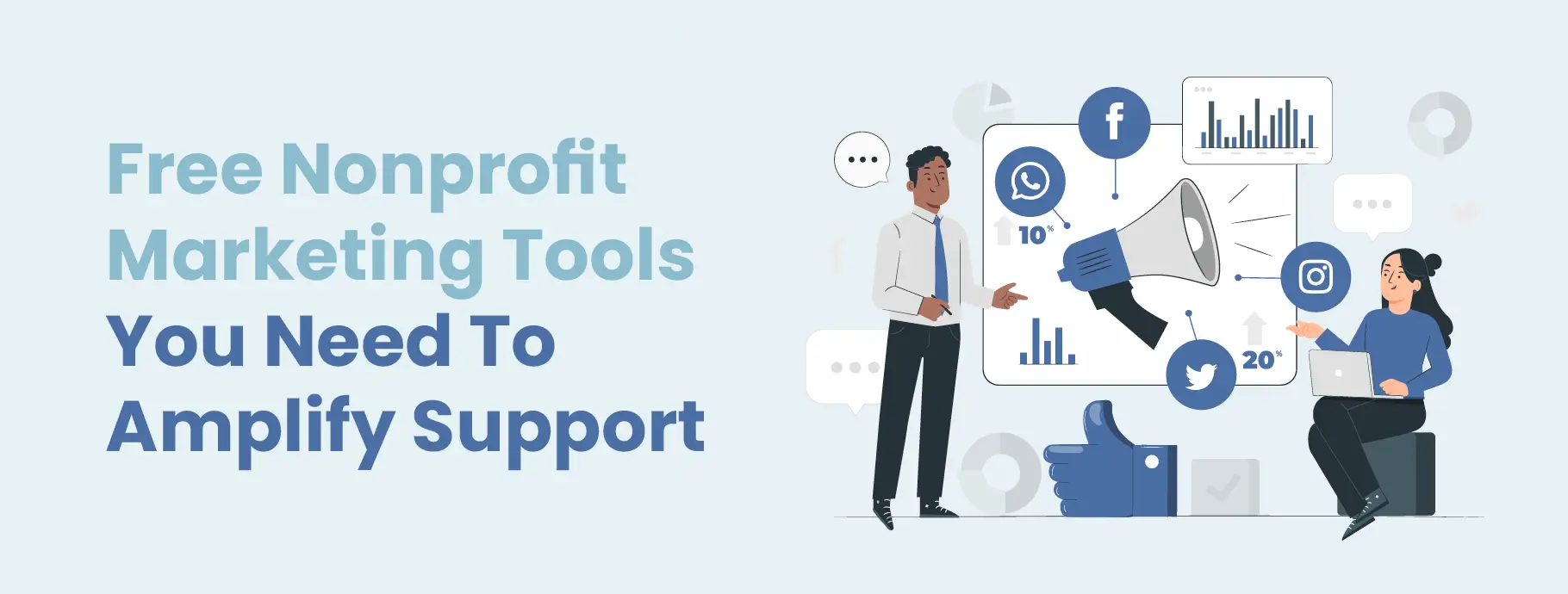Partner with a Nonprofit Company to Enhance Your Company's Success
Wiki Article
The Importance of Cooperation and Collaboration for a Nonprofit Company in Maximizing Resources and Enhancing Community Involvement
In the world of nonprofit firms, collaboration and collaboration arise as essential mechanisms for fostering and enhancing resources neighborhood engagement. These alliances not just boost program efficacy however additionally grow a much deeper sense of neighborhood involvement and ownership.Benefits of Partnership

Furthermore, collaboration promotes innovation by encouraging the exchange of ideas and ideal techniques. When organizations interact, they can check out varied viewpoints, bring about innovative solutions that may not emerge alone. This shared analytic method can eventually boost solution delivery and program end results.
Additionally, joint efforts can improve community involvement. When nonprofits companion with each other, they can activate more comprehensive assistance from stakeholders, including volunteers, contributors, and area members. This collective interaction not just increases presence but additionally strengthens the reputation of the taking part companies.
Building Strategic Partnerships
Cooperation amongst nonprofit agencies frequently causes the formation of critical partnerships, which are vital for making the most of influence and achieving common goals. These collaborations make it possible for organizations to utilize each various other's toughness, boosting solution distribution and expanding outreach. By aligning goals and objectives, nonprofits can produce a collaborating result that enhances their reach and effectiveness within the neighborhood.Structure tactical collaborations requires cautious planning and shared understanding. Organizations must initially determine prospective companions that share similar values and goals, guaranteeing compatibility in goal and vision. Developing open lines of interaction cultivates trust, allowing companions to talk about resources, expectations, and obligations transparently. Collaborative efforts and routine meetings can help maintain energy and address challenges proactively.
In addition, clearly specified roles and duties are vital for liability and success. Formalizing the collaboration via created agreements can offer a framework for partnership, laying out the extent of work, performance metrics, and examination approaches. By cultivating these tactical partnerships, nonprofit companies can enhance their capacity to attend to area requirements, introduce solutions, and mobilize resources efficiently, inevitably resulting in a more lasting and considerable influence in the areas they serve.
Sharing Resources Successfully
Exactly how can nonprofit companies optimize their influence through reliable resource sharing? By strategically collaborating with various other organizations, nonprofits can enhance their operational efficiency and expand their reach within the area. Source sharing entails pooling various assets, consisting of economic sources, employees, experience, and facilities, to address usual goals better.
Additionally, leveraging each various other's strengths can promote development. By exchanging knowledge and best methods, agencies can enhance solution shipment and establish brand-new solutions to area difficulties. Efficient source sharing also cultivates a sense of unity, enhancing the concept that partnership is important for attaining significant social influence.
Engaging the Community
What techniques can not-for-profit companies use to properly involve their communities? Primarily, establishing open lines of interaction is vital. Making use of different platforms, such as social media sites, e-newsletters, and neighborhood forums, permits agencies to share information, get responses, and foster dialogue. This two-way interaction not only informs the area concerning the company's mission and tasks however also welcomes input, making area members really feel valued and included.In addition, forming collaborations with regional organizations can improve outreach efforts. nonprofit agency. Collaborating web link with institutions, businesses, and various other nonprofits can enhance resources and develop a more extensive support network, enabling joint campaigns that resonate with area demands
In addition, hosting neighborhood events, workshops, and volunteer chances can promote deeper interaction. These activities develop a sense of belonging and urge energetic engagement, enabling individuals to contribute to the agency's objectives while developing partnerships with fellow area members.
Measuring Collaborative Success
Assessing the effectiveness of joint initiatives is essential for official source nonprofit firms looking for to maximize their effect. Measuring joint success includes establishing clear, quantifiable objectives and making use of a selection of metrics to assess performance. Trick indicators may include the number of partnerships created, sources shared, and the concrete results achieved with cooperation.To successfully determine success, nonprofits need to carry out a framework that incorporates both qualitative and quantitative information. Meetings and studies can offer understandings right into stakeholder contentment and the viewed value of collaborations. Additionally, tracking metrics such as service reach, community interaction degrees, and monetary performance can provide a comprehensive sight of joint performance.
Regular evaluations should be performed to identify locations of enhancement and best techniques. This iterative procedure not just enhances responsibility however also cultivates a society of constant learning within the company - nonprofit agency. By transparently sharing examination results with companions and stakeholders, nonprofits can enhance partnerships and develop depend on
Ultimately, determining collaborative success makes it possible for not-for-profit companies to refine their strategies, allocate sources more successfully, and reinforce their mission-driven initiatives, leading to a better collective effect on the neighborhoods they offer.
Final Thought

In the realm of nonprofit agencies, cooperation and collaboration arise as crucial devices for enhancing resources and promoting community interaction - nonprofit agency. By fostering these tactical partnerships, nonprofit agencies can improve their capacity to deal with neighborhood requirements, innovate solutions, and activate sources successfully, inevitably leading to a more substantial and sustainable influence in the communities they serve
By strategically teaming up with various other companies, nonprofits can improve their functional efficiency and extend their reach within the area.What strategies can nonprofit companies employ to successfully involve their neighborhoods?Cooperation and partnership stand as important pillars for not-for-profit companies aiming to optimize resources and boost community interaction.
Report this wiki page